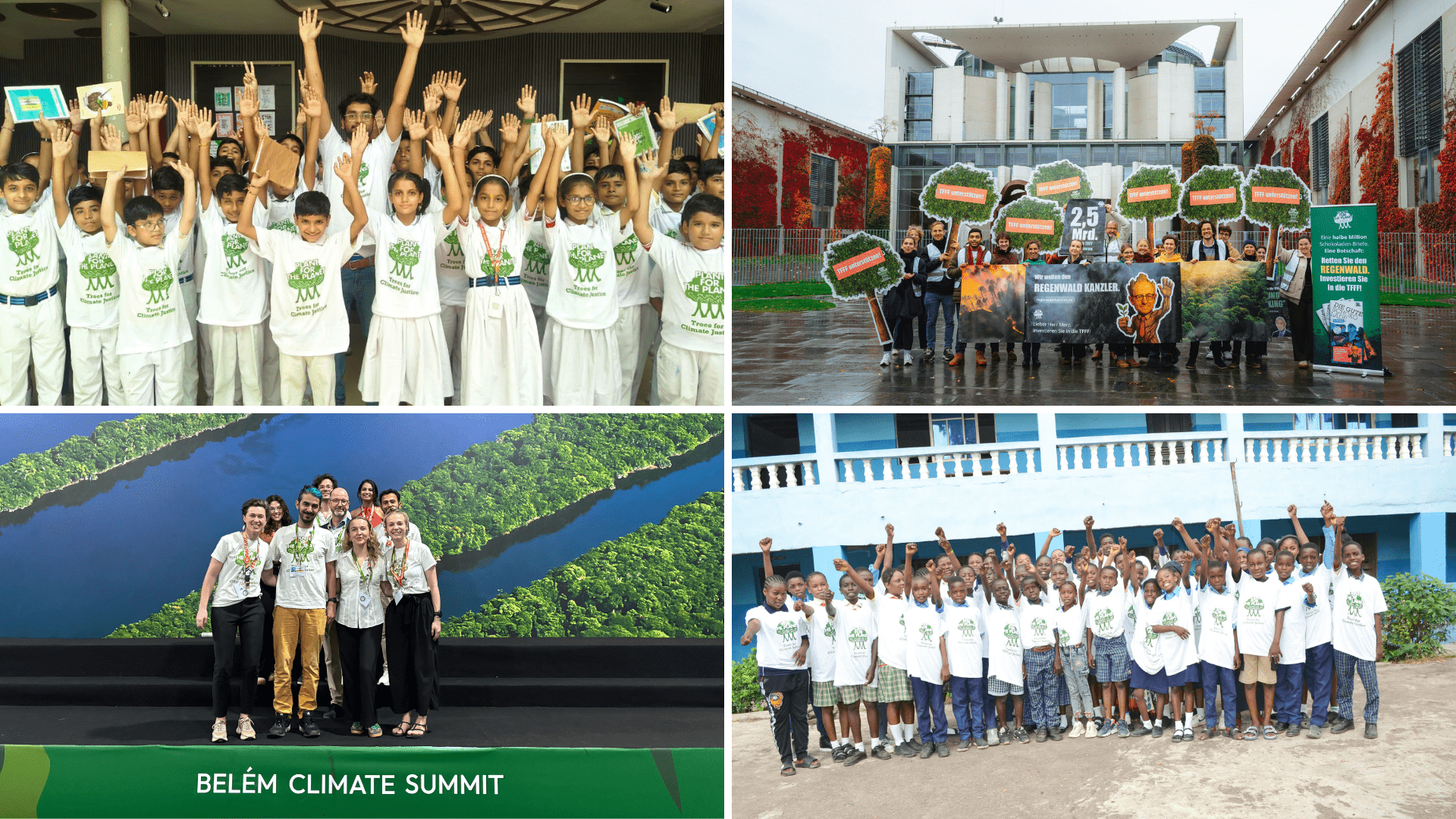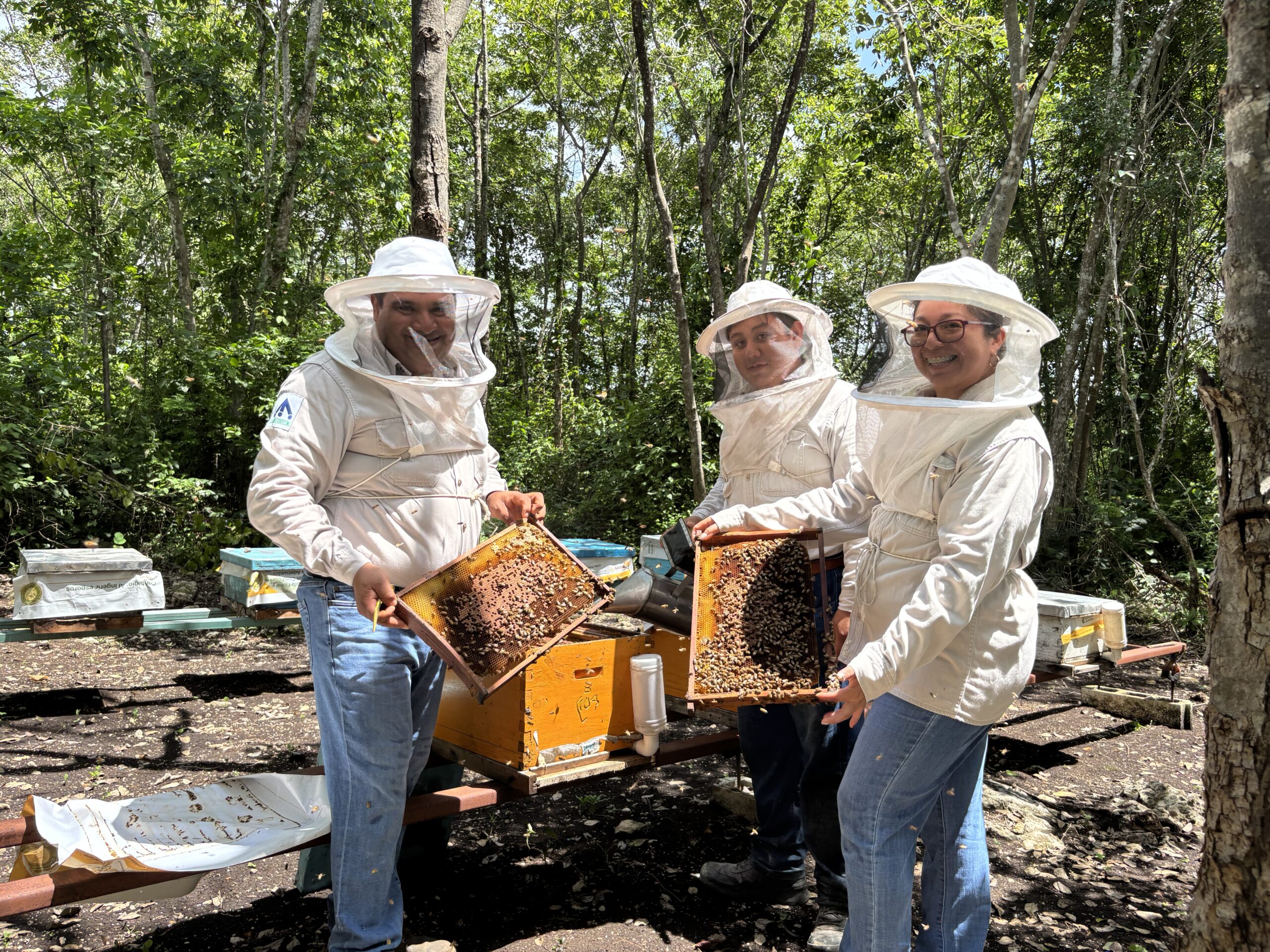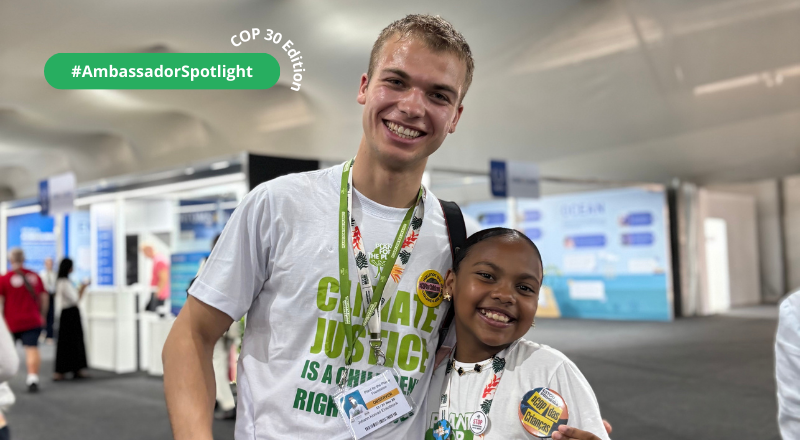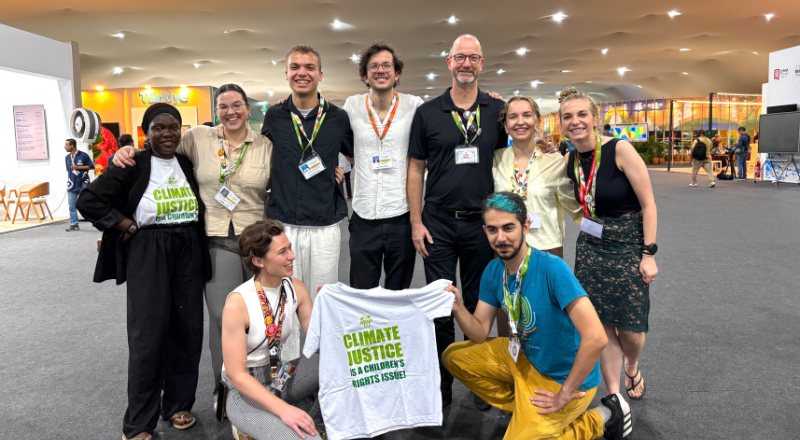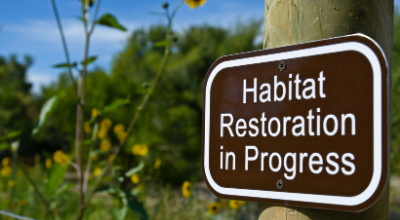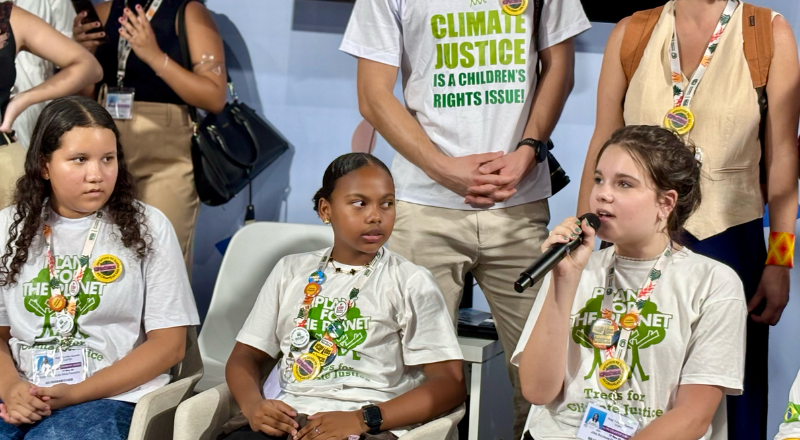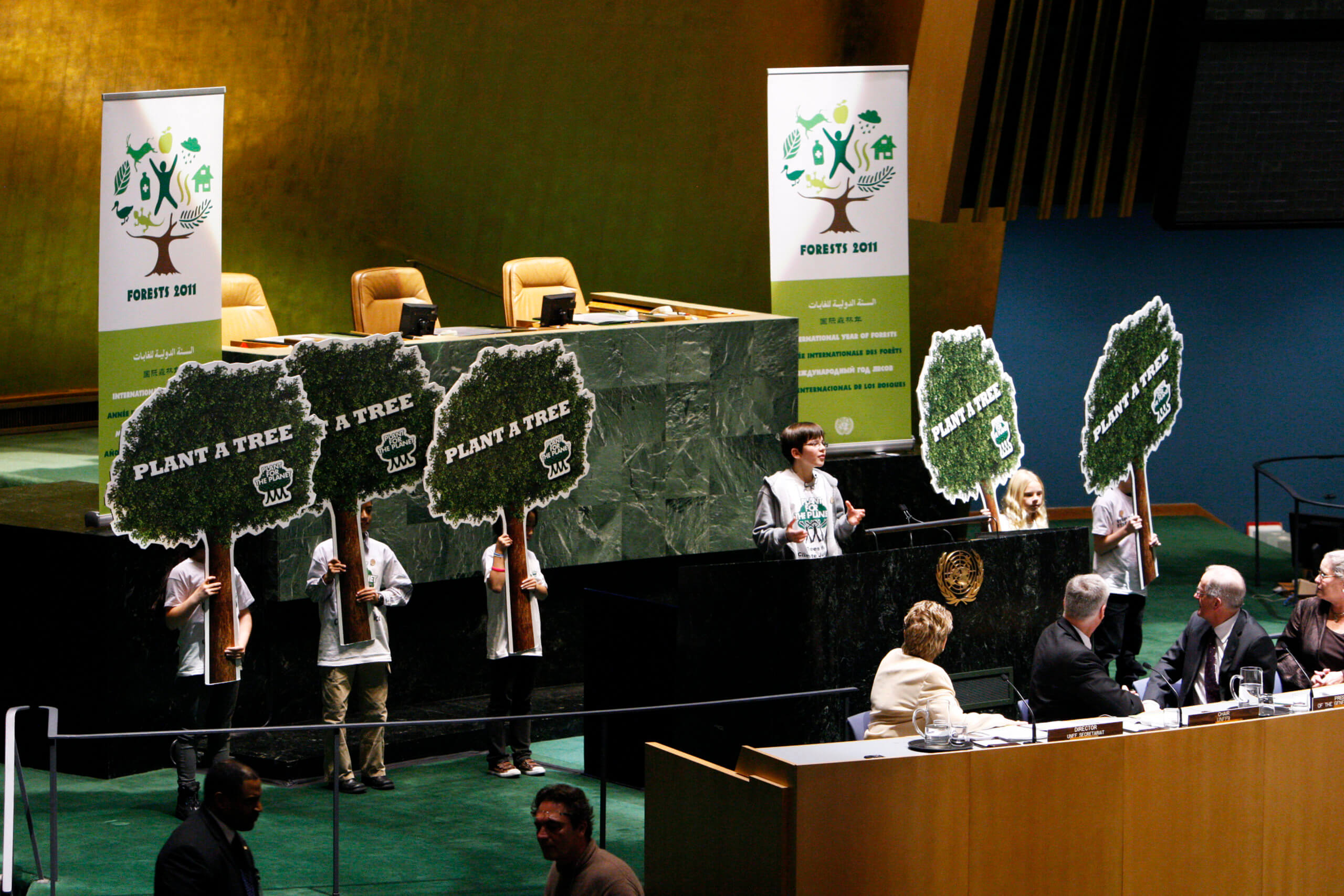
The Intergovernmental Panel on Climate Change’s (IPCC) Sixth Assessment Report has confirmed once again: To mitigate the climate crisis, we have to include natural carbon storage options, in addition to switching to renewable energies. With its “3-Point-Plan”, Plant-for-the-Planet has been calling for keeping fossil fuels in the ground, fighting poverty through climate justice, and planting trees since 2010. These trees capture carbon and buy us humans valuable time to drive the energy transition and build a future worth living.
Back on July 1st, 2010, our Climate Justice Ambassadors handed over their “3-Point-Plan” to 133 embassies in Berlin – urging government leaders to also disclose what they are doing to solve the climate crisis and protect the children’s future. A few months later, on February 2nd, 2011, Felix presented the plan of the children and youth in his famous speech to the United Nations:
- Let’s plant a trillion trees.
- Leave fossil fuels in the ground.
- Fight poverty through climate justice.
Of course, some aspects of our strategic approach have changed since 2010 in order to achieve these goals. For example, we no longer focus solely on planting individual trees, but choose different restoration methods, depending on the degree of site degradation and based on scientific research on restoration ecology. The goal: to restore forest ecosystems to their natural state and bring back lost biodiversity. At the same time, we advocate for the protection of intact forest ecosystems by working together with governments and partner organizations.
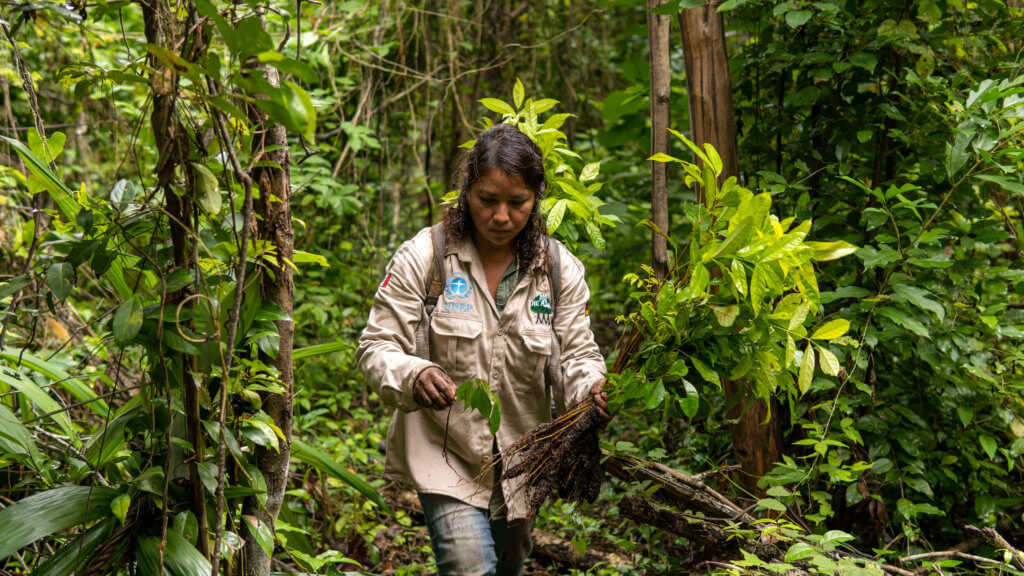
And, of course, something else has changed significantly since 2010: The amount of CO2 that can be emitted by humanity whilst still staying below the 1.5-degree limit has fallen far below from an estimated 600 billion tons back in 2010. According to the 2022 Global Carbon Budget Report, there is a 50 percent probability that global warming of 1.5°C will be exceeded in just nine years – i.e. in 2031 – if emission rates remain at current levels. Also, in 2010, we were still talking about the 2-degree global warming limit. Today, however, we know that the target must be a maximum of +1.5°C in order to prevent some of the worst consequences of the climate crisis.
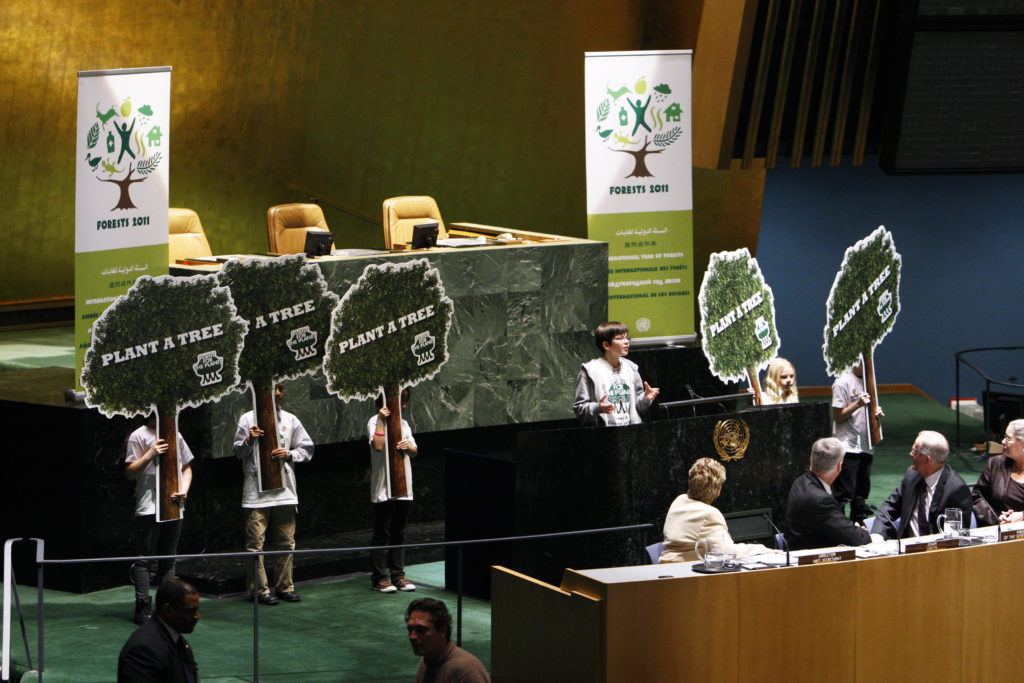
The core of the demands made by children and young people are more relevant than ever, even a decade later.
Our Original 3-Point-Plan to Save our Future from 2010
1) Let’s plant a trillion trees.
We want to protect existing forests and restore billions of trees. Precisely, a total of 1,000 billion (= one trillion) new trees. There are still a billion hectares (= 10,000 billion square meters) of land on Earth that is currently not, but can be covered by forests, without impeding on land that is used for settlements or agriculture. By converting this into square meters, we can get a better idea of how many trees we can plant. After all, many seedlings are planted on one square meter, and the forest rejuvenates later, i.e. not every seedling also becomes a large mighty tree. A trillion trees – that sounds like a lot. But that’s only 150 trees per person.
2) Leave fossil fuels in the ground.
By 2050, humans must reduce CO2 emissions to zero. The technology for a CO2-free future already exists. With today’s technology, it is possible for us humans to generate 100 percent of our energy worldwide from renewable sources and without nuclear power plants by 2050.
3) Fight poverty through climate justice.
To limit further global warming to the 2°C pledged by government leaders in Copenhagen, as of 2010 only 600 billion tons of CO2 could be emitted by 2050. If we emit more CO2, the global average temperature will rise by more than 2°C. If that happens, the Greenland ice sheet could melt completely, raising sea levels by 7 meters. If we divide 600 billion tons of CO2 by 40 years, that’s 15 billion tons of CO2 per year for everyone. By comparison, in 2010 alone, we emitted 31 billion tons of CO2.
Now the question is, how do we divide these 15 billion tons of CO2 among the world’s population? Like today: 60 percent for the USA and Europe? For us children, there is only one solution: everyone gets the same, namely 1.5 tons of CO2 per person per year assuming a population of about 10 billion people in 2050. Whoever wants to emit more CO2 has to pay, namely to those who consume less. This principle of climate justice means fighting poverty.
